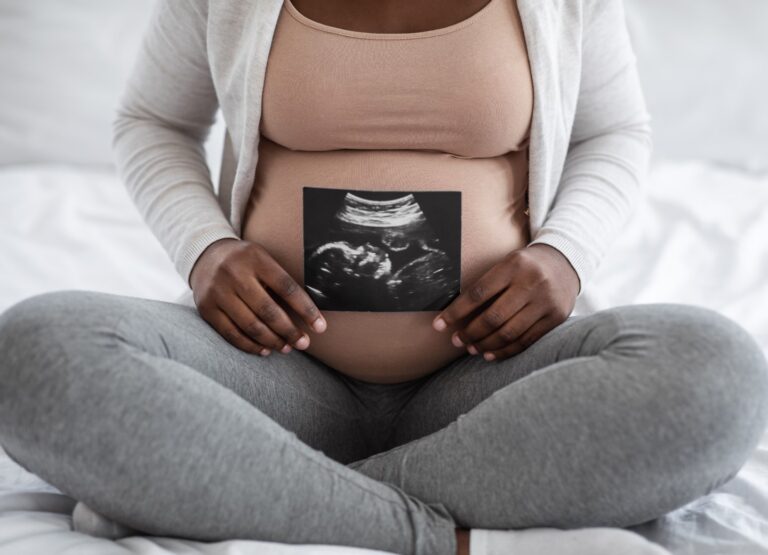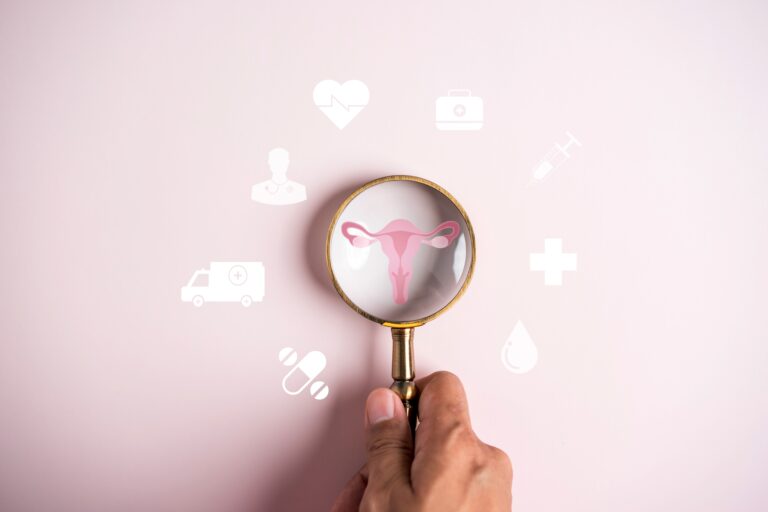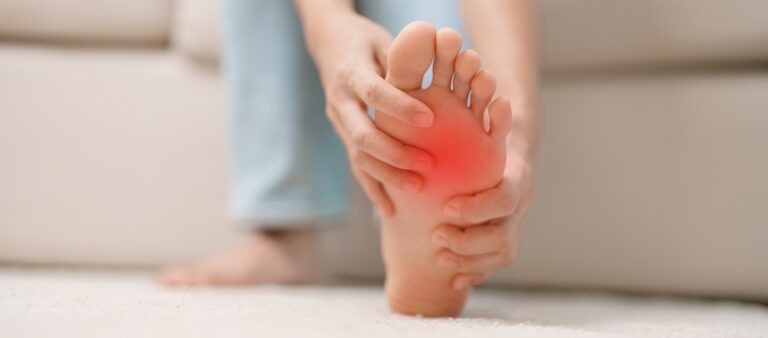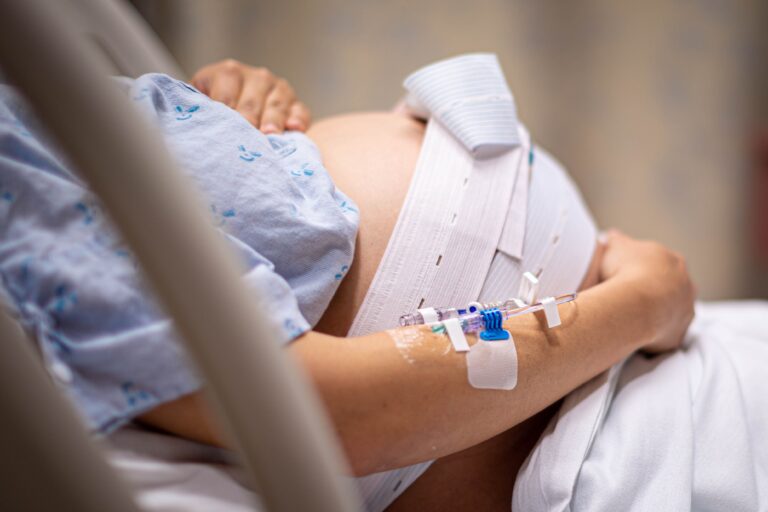What are ‘medical devices’?
A medical device is a device (i.e. an instrument, article, item, software, material) which is used for diagnosis and/or therapeutic purposes. It is an incredibly broad category which includes an array of products, such as:
- knee replacements
- blood pressure monitors
- pacemakers
- prosthetics
- pregnancy tests
- contact lenses
It is estimated that there are approximately 600,000 medical devices available on the market in the UK.
What are medicines?
Medicines are products which prevent or treat disease, restore normal function by pharmacological means or aid in the diagnosis of a condition. Examples of common medicines are paracetamol, antibiotics and hay fever tablets, but also include certain skin creams, medicated shampoos, injections, and inhalers.
Medicine or medical device?
Some medical devices may appear to be very similar to medicines, but unlike medicines (pharmaceuticals), which are chemical in nature and designed to have a pharmacological effect on the body, medical devices are “mechanical” in nature.
Medicines and medical devices are distinct from one another and are regulated differently by the Medicines and Healthcare products Regulatory Agency (MHRA).
Some products are what is referred to as “borderline” products and these can be difficult to classify between the two. Examples of potentially “borderline” products are: syringes, some types of catheter, weight loss products, medicated surgical dressings. In such circumstances, the MHRA will have to define what category they fall into.
Examples of defective medical devices:
In recent years, defective medical devices have hit the headlines. Recent examples include:
- PIP breast implants, which contained industrial grade chemicals which were found to be at risk of rupture, and
- Pelvic/vaginal mesh implants, which caused vaginal bleeding and were protruding into surrounding organs.
- Hip replacements, which had to be recalled after it was found that the metal-on-metal system, whereby one metal component rubbed against another, was resulting in metal particles breaking off and entering patients’ bloodstreams.
One of the most famous cases of a defective medicine is the recall of Thalidomide in the 1960’s which was used as a treatment for morning sickness in pregnant women and was sold globally as an over-the-counter medicine.
Like any product, a person is entitled to expect that a medical device will perform “as advertised” and will not cause any, or any further, harm. Unfortunately, despite being highly regulated products, which must prove their safety, efficacy and quality before they can be brought to market, some medical devices can be faulty and in extreme circumstances can cause devastating injury.
Can I make a claim for compensation?
This is a very complex area of law and product liability claims can be very complicated.
The current position regarding liability for defective medical devices is governed by the Consumer Protection Act 1987 (“CPA”). Within the CPA, it states that goods must be of satisfactory quality, fit for purpose, and must be available as described. This is the same legislation which governs the purchase of any item from your local high street shop. Despite medical devices and medicines being technical, complex, and highly regulated products which have undergone a regulatory process before they were permitted to be marketed – the same law applies. Under the CPA, a medical device or medicine must be of satisfactory quality, be fit for its intended purpose, and it must perform as it is intended to by its manufacturer.
In order to successfully establish a product liability claim for a defective medical devices and medicines, one would have to establish:
- That the product was defective;
- That there was harm to the person; and
- That the defect caused the harm;
Defective
The first of these criteria can be the most complicated to establish. It must be shown that the safety or the performance of the product was not such as a person was generally entitled to expect. In other words, that there was something wrong with the product that meant it was not as “safe” as it should be, or that the product did not perform its intended function as it should do.
Harm
Should a defect be established, the next element would be to show that there has been harm to the person i.e. an injury has been caused or a worsening of an existing injury.
Cause
Next, it must be shown that the defect in the product itself has caused the harm, and it was not due to another unrelated factor. It must be evidenced that the defect has caused injury or further injury. It must also be due to that defect, and be shown that if that defect were not present the person would not have come to harm. Further, it must also be shown that the harm was caused whilst using the medical device or medicine as it was intended to be used, i.e. it was used in line with it’s instructions for use.
Limitation
In cases of product liability, under the Consumer Protection Act 1987 the limitation period (the time for bringing a claim) is 3 years from when the harm was caused.
There is also a 10 year long stop date for bringing claims in product liability. The 10 year long stop starts from the last date on which the defendant supplied the product. Meaning if the product was last supplied by the defendant on 1 January 2020, a claim could not be brought after 1 January 2030.
Common defences
Whilst each case turns on its facts, there are a number of common defences to claims in product liability.
These include:
-
- That the defect is only present because it was required in order to comply with a legal obligation;
- That the defendant did not supply the product to another;
- That the defect did not exist in the product at the time it was supplied to another;
- That the state of scientific and technical knowledge at the time it was supplied meant that the producer could not have discovered the defect even if it were in existence at that time.
Potential Claims
When investigating whether there may be a product liability claim, it may be that two claims can be made. The first against the manufacturer of the defective product, and a second potential claim against the person or organisation which inserted or applied that product. Indeed, product liability is the area of law in which manufacturers, distributors, suppliers and retailers can be held responsible for any injuries medical devices cause.
As well as making a claim under the CPA, in some circumstances there may also be a claim in negligence. For such a claim to succeed, the traditional elements of negligence would still need to be made out i.e. there was a duty of care between the parties, there was a breach of that duty, which caused injury.
An example might be a negligent failure by a doctor to use a medical device for its intended purpose.




















